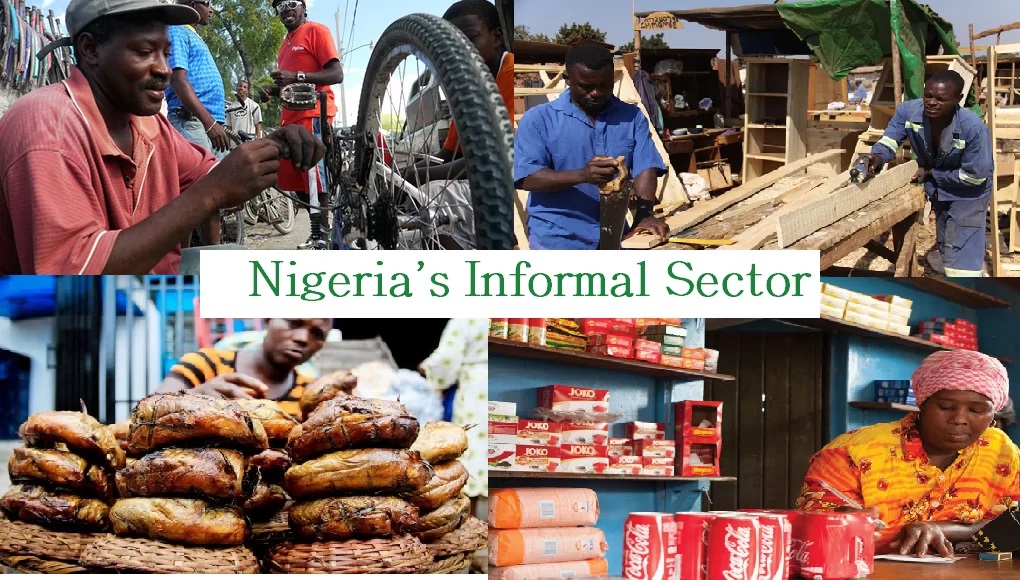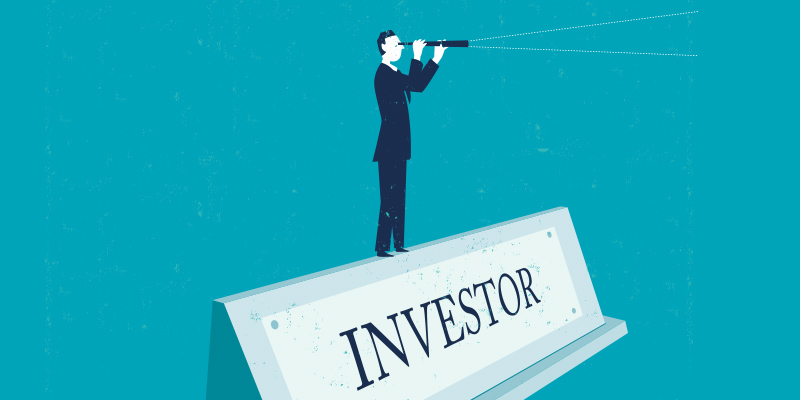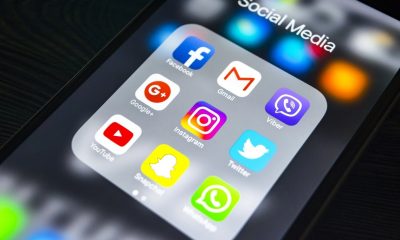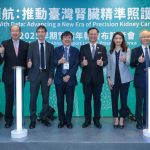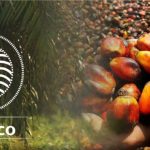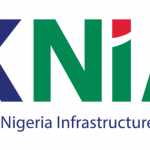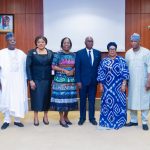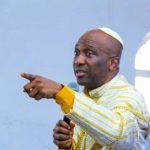Feature/OPED
How to Validate Start-up Ideas With Design Thinking
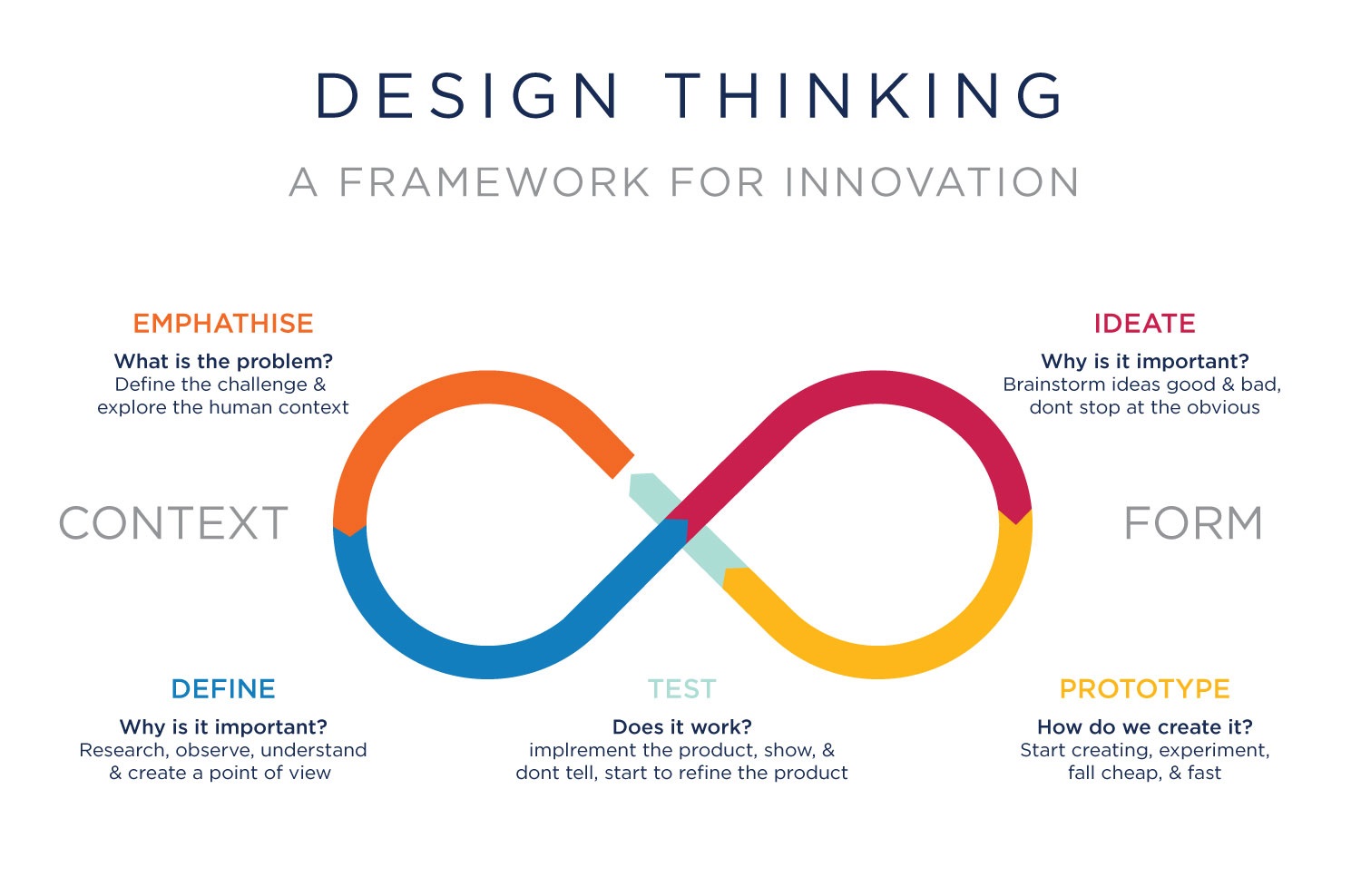
By Otori Emmanuel
Innovators are concerned about building a product that will have a huge impact on the lives of people by increasing the quality of living standards, addressing a pain point or an alternative that is cost-effective for its consumers.
With these great thoughts comes a big question that has to be answered before launching a product or service and it is the question of “is there a market”?
The addressable market size becomes a question to answer in order to ensure that when a product is manufactured, it will find users or consumers who are willing to utilize the product based on the offer that is being given.
One of the techniques that most successful start-ups in the world has applied to ascertain whether a product will sell or not is called Design Thinking.
Leading Change
One of the failures is the assumption that there is a market, is one that can be seen or witnessed in solutions that have been made for people. An example is the construction of an overhead bridge for pedestrians to avoid crossing the expressway. However, the humans who this provision has been made for usually ignore the bridge and use the expressway to connect to their routes, which even makes their transit riskier than the use of the overhead bridge.
Why would anywhere risk their lives to cross an expressway when there is an overhead bridge beside them?
Failure in the consideration of what would drive people to use the overhead bridge is what is lacking and why the preference for the use of the expressway.
Would these same people use the overhead bridge if there were possible factors considered before making the designs? The answer is an absolute yes. The failure in the use of the overhead bridge is driven by the fact that the normal tendencies of human behaviour were not considered before constructing the bridge.
Human-Centred Design
Design thinking takes into consideration the natural tendencies of human behaviour before designing a solution. This will ensure shared responsibility from both parties such that there is already a market with reasonable demand to capture a market share that can sustain the business when eventually presented to the users. The failure of most start-up ideas is embedded in the emotional attachment that founders have to their ideas which makes it difficult for them to be open to feedback from prospective users. However, a fact-based finding should be prioritized against emotions when creating a solution.
How Design Thinking Drives Innovation
There are five stages in the design thinking process
- Empathize
Being able to empathize with customers most especially when it is a challenge or pain point that makes the purchasing or usage of a product or service difficult for them gives an opportunity to learn closely from them as it then creates an attitude that makes them become difficult customers because there are bottlenecks that hinders the what they expect to be an ideal purchasing process. Customers also have a reference point of a better offering and would always voice out. Active listening to their challenges becomes great feedback for start-ups. This stage consists of interviews in getting to know what the ideal scenario is for prospective customers.
- Define
Having interviewed the prospects, it then becomes necessary to begin to define what the challenges are from all the opinions gathered from several interviews conducted with stakeholders. The age group of those facing these challenges, their income level, experience, education and location becomes parameters to pay attention to.
- Ideate
The aim of conducting interviews and surveys by visiting the field is to be able to generate a product or service that has a fit for the market. All the feedback that has been given now needs to undergo divergent or convergent processes where divergent takes the several opinions and create solutions around them while convergent thinking helps to narrow down to the best idea. These two thought processes help to come up with what the proposed solution to be developed would be.
- Prototype
Prototyping involves making a Minimum Viable Product (MVP), a minimum viable product is one that is made with the minimum resources in order to furthermore see how customers interact with the product or service in its pilot or beta phase. The feedback from the usage and engagement would then help to determine whether a full product would be manufactured or not. For digital products such as web or mobile apps, tools such as Figma or Adobe XD can be used to make a prototype.
- Test
The testing stage helps to pick the ideas that work and move very fast to implement them. If there are impediments or bugs, then it has to be corrected. When the product passes the testing stage, a complete product category can now be created and ready to make entry into the market.
The first two stages in the process of design thinking help to look out for evidence by carrying out Primary Market Research (PMR) to ascertain by means of qualitative and quantitative analysis the fact there are pieces of evidence to either support whether a challenge really exists or not for a solution to be created.
Founders should learn to embrace what the primary market research presents in order to avoid losing big as a result of the assumptions of what they either expect the market to be or their emotional connection to the product.
Emmanuel Otori, the writer, has worked on the GEM Project of the World Bank, Conducted training for entrepreneurs and professionals at the Abuja Enterprise Agency and has over 8 years of experience working with over 50 SMEs across Nigeria. Please visit my LinkedIn profile here – https://www.linkedin.com/in/emmanuelotori/
Feature/OPED
Championing Ethical Sourcing Within Dairy Communities
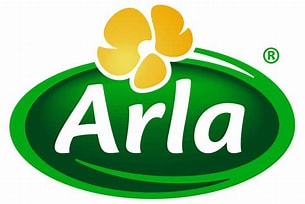
Human Rights Day often centres on themes of dignity, equity, and freedom. Yet for many Nigerians, these rights are not debated in courtrooms they are expressed in the ability to access nutritious food, build meaningful livelihoods, and secure a healthy future for their families. Nutrition, in this sense, becomes a fundamental human right.
Despite a growing population and rising nutrition needs, Nigeria faces a pressing dairy reality. The country remains heavily dependent on dairy imports, leaving nutritional access vulnerable and local capacity underdeveloped. This is not just an economic concern; it is a human one. When families cannot easily access affordable, high-quality dairy, the foundations of health and development are weakened.
It is within this context that Arla Nigeria operates not merely as a dairy company, but as a nutrition powerhouse committed to nourishing a nation. Our ambition extends beyond selling products. We are working to build the foundations of a stronger, more resilient local dairy sector that supports food security, economic participation, and national progress.
At the heart of our efforts is the Damau Integrated Dairy Farm in Kaduna Statea fully operational modern farm designed to demonstrate what responsible, efficient, and scalable dairy production can look like in Nigeria. Arla Nigeria produces its own milk on-site, ensuring quality, safety, and consistency as we continue building the systems required for a sustainable local value chain. In fact, until our yoghurt factory launches, the reverse is true: some stakeholders purchase milk from us.
But infrastructure alone is not the story. What truly matters is the human impact surrounding the farm.
Arla Nigeria has been intentional about engaging and empowering the communities around Damau. By creating employment opportunities for local residents, providing skills development, and contributing to community growth, we are ensuring that the benefits of dairy development extend beyond production lines. This is development rooted in people where progress is measured in livelihoods improved and opportunities created.
As Arla Nigeria continues to expand operations, our long-term commitment remains clear: to contribute meaningfully to local milk sourcing and value chain development, strengthening Nigeria’s capacity to feed itself. Backward integration is not a slogan for Arla Foods; it is a structured pathway with building responsibly and sustainably. From farm systems to future household milk initiatives, the goal is to create a model that supports farmers, enhances productivity, and drives economic inclusion in the years ahead.
On Human Rights Day, the conversation often revolves around preventing harm avoiding exploitation, ensuring fair labour, and upholding ethical standards. These are essential, but they are only the beginning. True respect for human rights means creating enabling systems that allow people to thrive.
With Arla Foods, that begins with nutrition. Milk is a super food, rich in essential nutrients that support growth and development. Ensuring access to such nutrition contributes directly to national well-being and productivity. When we help secure a healthier population, we strengthen the foundation for education, economic participation, and long-term prosperity.
This is why Arla believes that dairy is not just food it is nutrition, livelihood, and progress. By investing in sustainable production, community development, and future local sourcing capabilities, Arla Nigeria is contributing to food security and economic growth in a tangible, measurable way.
Ultimately, ethical business is not defined by corporate language or labels. It is defined by the stability, nourishment, and dignity it brings to people’s lives. As Nigeria celebrates Human Rights Day, let us recognise that the right to nutrition and the opportunity to build a better future are among the most powerful rights we can help protect.
Feature/OPED
In Praise of Nigeria’s Elite Memory Loss Clinic
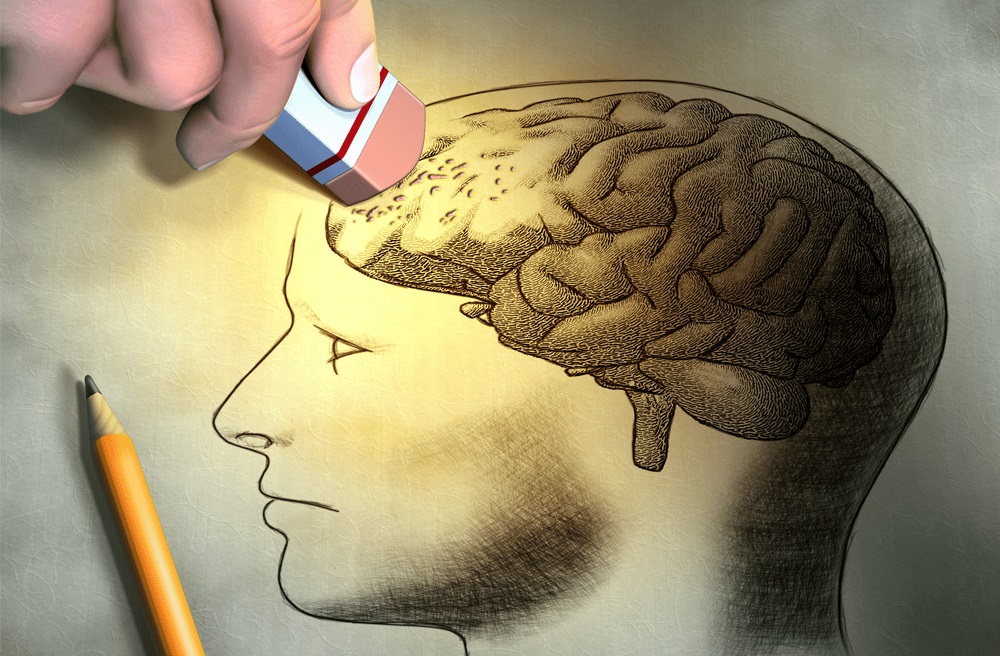
By Busayo Cole
There’s an unacknowledged marvel in Nigeria, a national institution so revered and influential that its very mention invokes awe; and not a small dose of amnesia. I’m speaking, of course, about the glorious Memory Loss Clinic for the Elite, a facility where unsolved corruption cases go to receive a lifetime membership in our collective oblivion.
Take a walk down the memory lane of scandals past, and you’ll encounter a magical fog. Who remembers the details of the N2.5 billion pension fund scam? Anyone? No? Good. That’s exactly how the clinic works. Through a combination of political gymnastics, endless court adjournments, and public desensitisation, these cases are carefully wrapped in a blanket of vagueness. Brilliant, isn’t it?
The beauty of this clinic lies in its inclusivity. From the infamous Dasukigate, which popularised the phrase “arms deal” in Nigeria without actually arming anything, to the less publicised but equally mystifying NDDC palliative fund saga, the clinic accepts all cases with the same efficiency. Once enrolled, each scandal receives a standard treatment: strategic denial, temporary outrage, and finally, oblivion.
Not to be overlooked are the esteemed practitioners at this clinic: our very own politicians and public officials. Their commitment to forgetting is nothing short of Nobel-worthy. Have you noticed how effortlessly some officials transition from answering allegations one week to delivering keynote speeches on accountability the next? It’s an art form.
Then there’s the media, always ready to lend a hand. Investigative journalists dig up cases, splash them across headlines for a week or two, and then move on to the next crisis, leaving the current scandal to the skilled hands of the clinic’s erasure team. No one does closure better than us. Or rather, the lack thereof.
And let’s not forget the loyal citizens, the true heroes of this operation. We rant on social media, organise a protest or two, and then poof! Our collective short attention span is the lifeblood of the Memory Loss Clinic. Why insist on justice when you can unlook?
Take, for example, the Halliburton Scandal. In 2009, a Board of Inquiry was established under the leadership of Inspector-General of Police, Mike Okiro, to investigate allegations of a $182 million bribery scheme involving the American company Halliburton and some former Nigerian Heads of State. Despite Halliburton admitting to paying the bribes to secure a $6 billion contract for a natural gas plant, the case remains unresolved. The United States fined the companies involved, but in Nigeria, the victims of the corruption: ordinary citizens, received no compensation, and no one was brought to justice. The investigation, it seems, was yet another patient admitted to the clinic.
Or consider the Petroleum Trust Fund Probe, which unraveled in the late 1990s. Established during General Sani Abacha’s regime and managed by Major-General Muhammadu Buhari, the PTF’s operations were scrutinised when Chief Olusegun Obasanjo assumed office in 1999. The winding-down process uncovered allegations of mismanagement, dubious dealings, and a sudden, dramatic death of a key figure, Salihijo Ahmad, the head of the PTF’s sole management consultant. Despite the drama and the revelations, the case quietly faded into obscurity, leaving Nigerians with more questions than answers.
Then there is the colossal case of under-remittance of oil and gas royalties and taxes. The Federal Government, through the Special Presidential Investigatory Panel (SPIP), accused oil giants like Shell, Agip, and the NNPC of diverting billions of dollars meant for public coffers. Allegations ranged from falsified production figures to outright embezzlement. Despite detailed accusations and court proceedings, the cases were abandoned after the SPIP’s disbandment in 2019. As usual, the trail of accountability disappeared into thin air, leaving the funds unaccounted for and the public betrayed yet again.
Of course, this institution isn’t without its critics. Some stubborn Nigerians still insist on remembering. Creating spreadsheets, tracking cases, and daring to demand accountability. To these radicals, I say: why fight the tide? Embrace the convenience of selective amnesia. Life is easier when you don’t worry about where billions disappeared to or why someone’s cousin’s uncle’s housemaid’s driver has an oil block.
As World Anti-Corruption Day comes and goes, let us celebrate the true innovation of our time. While other nations are busy prosecuting offenders and recovering stolen funds, we have mastered the fine art of forgetting. Who needs convictions when you have a clinic this efficient? Oh, I almost forgot the anti-corruption day as I sent my draft to a correspondent very late. Don’t blame me, I am just a regular at the clinic.
So, here’s to Nigeria’s Memory Loss Clinic, a shining beacon of how to “move on” without actually moving forward. May it continue to thrive, because let’s face it: without it, what would we do with all these unsolved corruption cases? Demand justice? That’s asking a lot. Better to forget and focus on the next election season. Who knows? We might even re-elect a client of the clinic. Wouldn’t that be poetic?
Now, if you’ll excuse me, I have a new scandal to ignore.
Busayo Cole is a Branding and Communications Manager who transforms abstract corporate goals into actionable, sparkling messaging. It’s rumored that 90% of his strategic clarity is powered by triple-shot espresso, and the remaining 10% is sheer panic. He can be reached via busayo@busayocole.com.
Feature/OPED
How Nigerian Companies are Leading More Responsible Digital Transformation
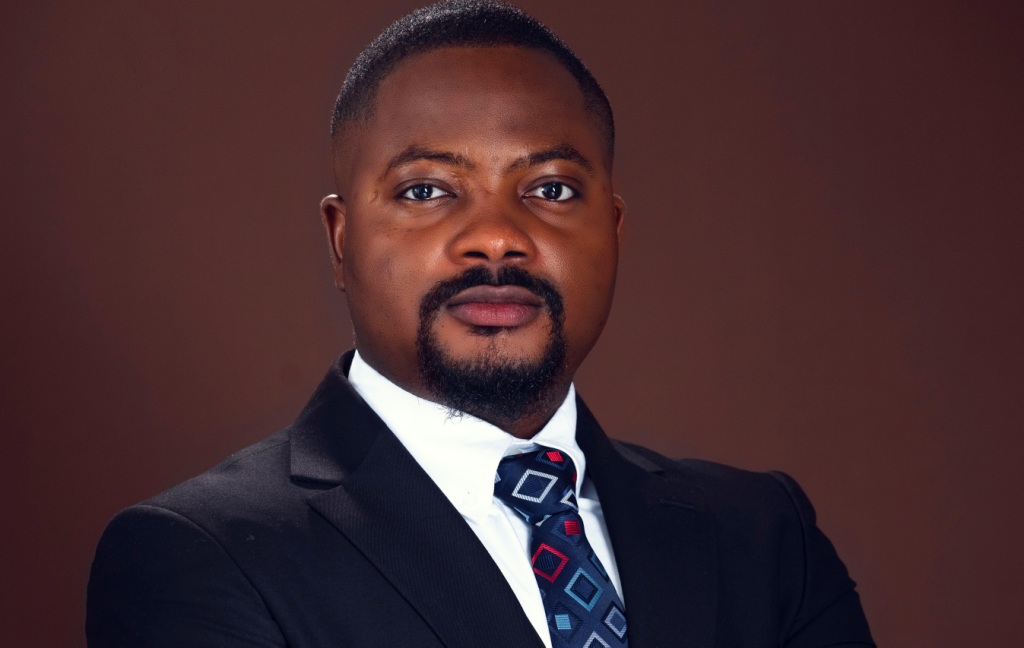
By Kehinde Ogundare
Artificial intelligence is everywhere–in polished social media posts, in the recommendations that guide our viewing habits, and in the bots that handle customer queries before a human agent steps in. On LinkedIn, AI-assisted writing has become standard practice.
A year ago, more than half of English long-form posts that went viral were estimated to have been written by or assisted by AI. If that’s the norm on the world’s biggest business network, it’s no surprise that AI is driving conversations in Nigerian boardrooms as companies move from experimentation to embedding AI into their daily operations.
Part of the package
The Nigeria Data Protection Act (NDPA), modelled on the European Union’s General Data Protection Regulation, together with the Nigeria Data Protection Commission, requires companies to build privacy into their systems from the outset rather than adding it later. This clear regulatory framework has evolved alongside a rapid rise in AI adoption.
New research from Zoho on responsible AI adoption highlights the impact of the regulations. As per the report, 93% of Nigerian companies have already started using AI in their daily operations; 84% have tightened their privacy controls after adoption, and 94% now have a dedicated privacy officer or team, which is well above global averages.
The survey, conducted by Arion Research LLC among 386 senior executives, shows just how deeply embedded AI has become in Nigeria. One in four companies already uses it across several departments, and nearly a third report advanced integration. Financial services firms are pioneers in this sector, using AI to automate client interactions, streamline operations and sharpen their marketing, while staying compliant with data protection rules.
The NDPA has helped make privacy part of business planning. Four in ten companies now spend more than 30% of their IT budgets on privacy. Regular audits, privacy impact assessments and explainability checks are becoming standard practice.
Skills, compliance and capacity
Rapid adoption brings challenges. More than a third of businesses say that their biggest obstacle is a lack of technical skills, and another 35% cite privacy and security risks. Instead of outsourcing, most are building capacity in-house: nearly 70% of companies are training staff in data analysis, more than half are improving general AI literacy, and 40% are investing in prompt engineering for generative tools.
The understanding of the NDPA regulation, which came into force in 2023, has also improved. 65% of organisations see compliance as essential. Many voluntarily apply data-minimisation and transparency standards even when not required to do so, aligning more closely with international norms and easing collaboration with global partners.
Privacy is increasingly influencing business decisions — from investment priorities to system design. Companies are asking tougher questions: is specific data essential? How can exposure be limited? How can fairness and transparency be proven?
Trusted systems
As privacy becomes part of how technology is built, companies are being more cautious about the tools they use because they now want systems that protect customer data, with clear boundaries between data and model training, straightforward controls, and reliable records for compliance teams.
Demand for business software that balances productivity with privacy is also growing. Zoho, among others, has seen strong customer growth as more organisations are looking for platforms that support responsible data handling.
The study identifies three main reasons behind AI adoption: to make work more efficient by automating routine tasks, to support better decision-making by identifying patterns sooner, and to improve customer engagement through faster, more relevant interactions. But none of this can succeed without trust. Nigeria’s experience shows that privacy and innovation can reinforce each other when they’re built together.
There’s still work to do because some industries are moving faster than others, and smaller businesses often face the biggest hurdles in time, cost and skills. Enforcement is also patchy; while the law is clear, application across sectors and geographies is a work in progress.
The next steps are more practical, requiring investment in skills – from data analysis and AI literacy to sector-specific training – and for governance to be put in place, with clear responsibilities, written policies, and a plan for managing errors or breaches. Privacy impact assessments should become part of every new system rollout, enabled by technology.
As AI becomes fundamental to doing business, Nigerian companies that build it carefully and responsibly will be better able to compete at home and abroad.
Kehinde Ogundare is the Country Head for Zoho Nigeria
-

 Feature/OPED6 years ago
Feature/OPED6 years agoDavos was Different this year
-
Travel/Tourism9 years ago
Lagos Seals Western Lodge Hotel In Ikorodu
-

 Showbiz3 years ago
Showbiz3 years agoEstranged Lover Releases Videos of Empress Njamah Bathing
-

 Banking7 years ago
Banking7 years agoSort Codes of GTBank Branches in Nigeria
-

 Economy3 years ago
Economy3 years agoSubsidy Removal: CNG at N130 Per Litre Cheaper Than Petrol—IPMAN
-

 Banking3 years ago
Banking3 years agoFirst Bank Announces Planned Downtime
-

 Banking3 years ago
Banking3 years agoSort Codes of UBA Branches in Nigeria
-

 Sports3 years ago
Sports3 years agoHighest Paid Nigerian Footballer – How Much Do Nigerian Footballers Earn





